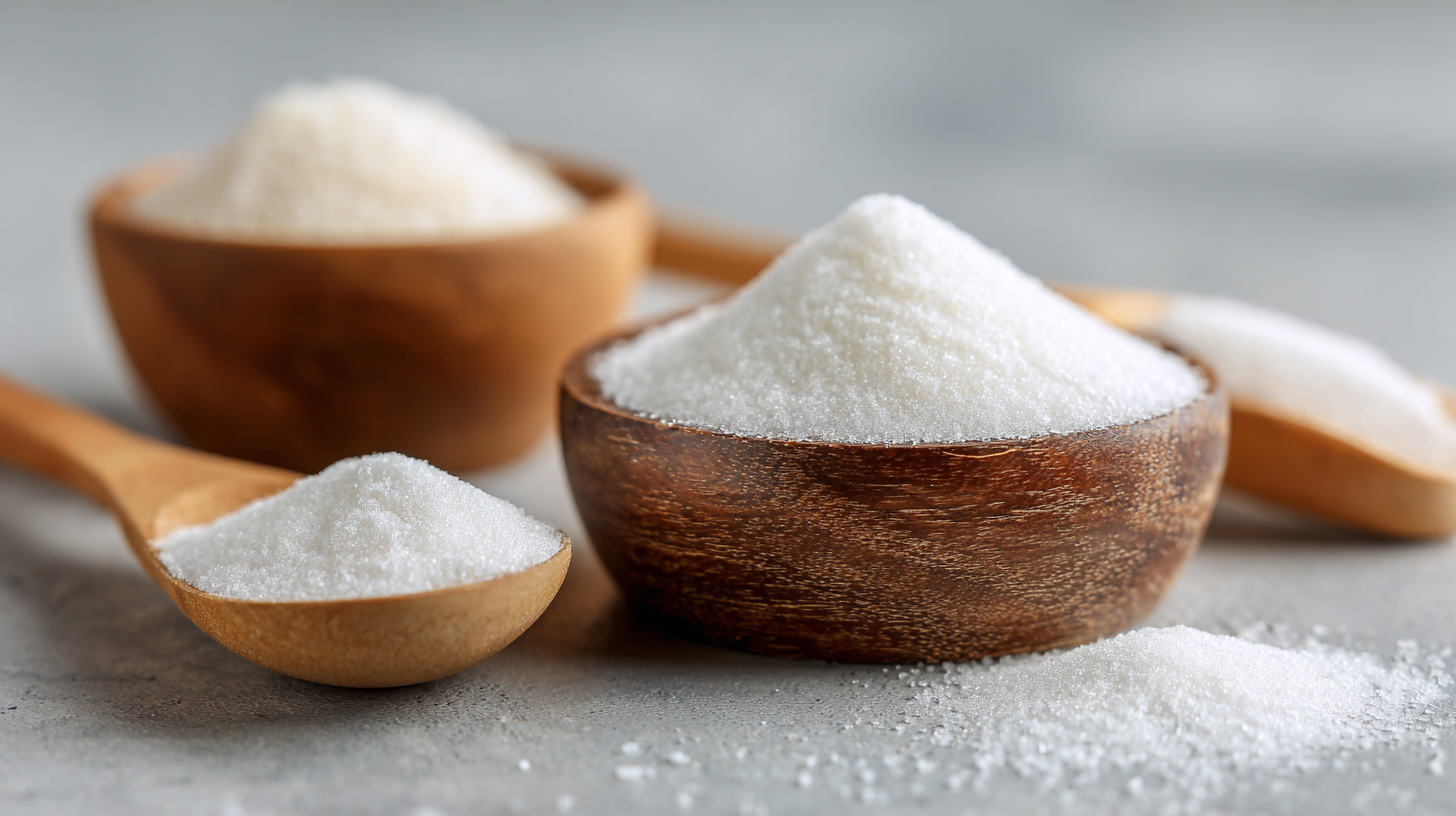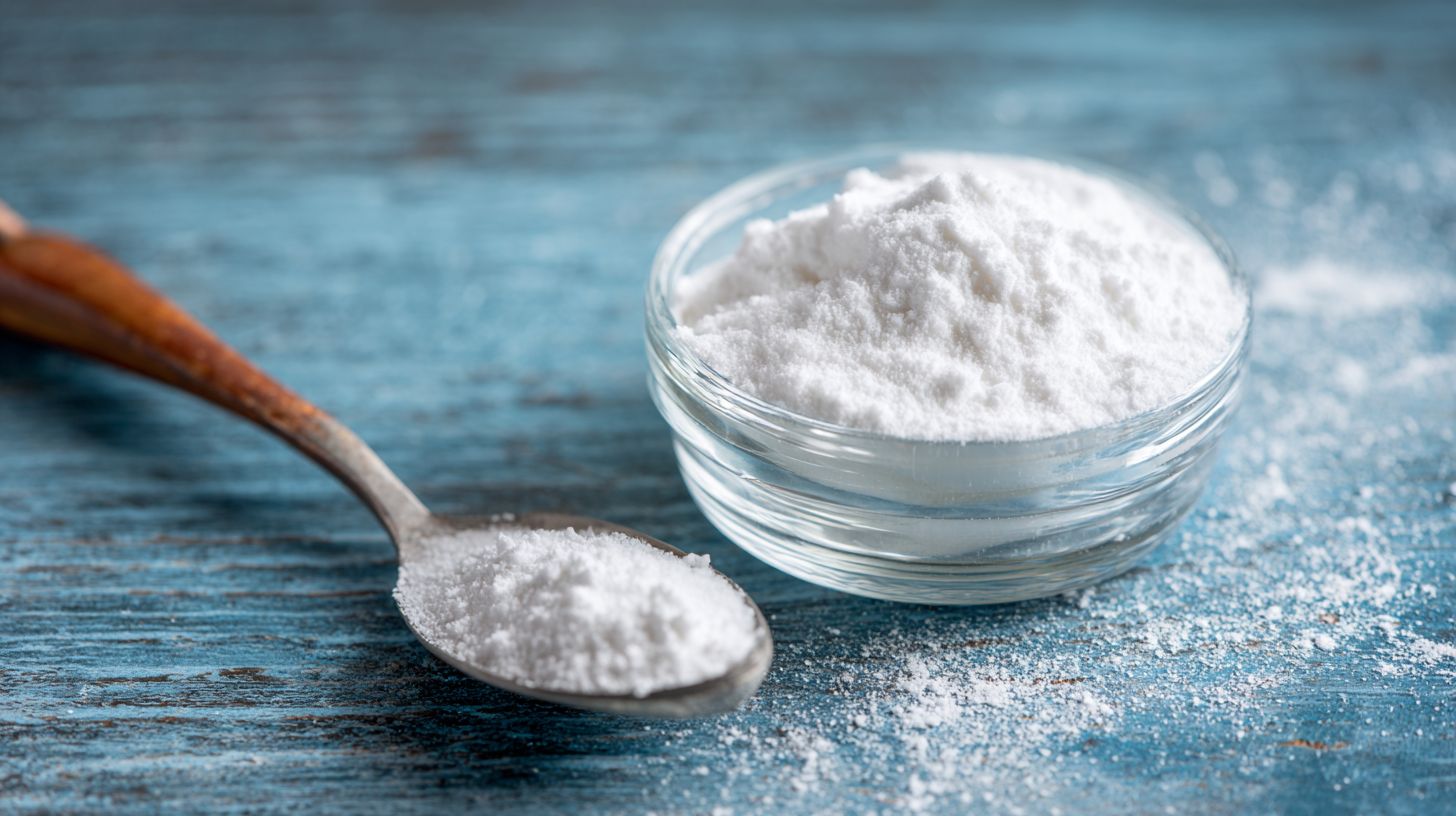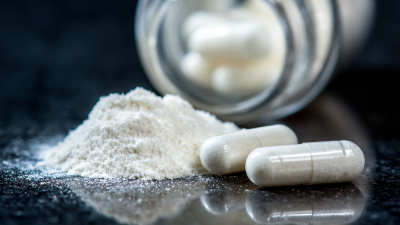5 Effective Tips for Utilizing Glutamic Acid in Your Daily Routine
Glutamic Acid, a non-essential amino acid, plays a vital role in various physiological processes, including neurotransmission and metabolism. According to a report from the Journal of Nutritional Biochemistry, glutamic acid is not only crucial for brain function but also contributes to muscle recovery and growth. In addition, the World Health Organization has recognized its importance as a flavor enhancer in the food industry, emphasizing its widespread usage in enhancing taste and fortifying nutrition. Incorporating glutamic acid into your daily routine can potentially boost cognitive function, ease muscle soreness, and promote overall well-being. This guide will provide five effective tips for seamlessly integrating glutamic acid into your lifestyle, empowering you to harness its diverse benefits for both mental and physical health.

Understanding the Role of Glutamic Acid in Health and Nutrition
 Glutamic acid, a non-essential amino acid, plays a pivotal role in various metabolic processes that have significant implications for our health and nutrition. Understanding its functions can help us make better dietary choices. This amino acid is not only crucial for protein synthesis but also acts as a neurotransmitter in the brain, contributing to cognitive functions such as memory and learning. Additionally, glutamic acid helps in the metabolism of sugars and fats, which aids in maintaining a balanced energy level throughout the day.
Glutamic acid, a non-essential amino acid, plays a pivotal role in various metabolic processes that have significant implications for our health and nutrition. Understanding its functions can help us make better dietary choices. This amino acid is not only crucial for protein synthesis but also acts as a neurotransmitter in the brain, contributing to cognitive functions such as memory and learning. Additionally, glutamic acid helps in the metabolism of sugars and fats, which aids in maintaining a balanced energy level throughout the day.
Furthermore, glutamic acid is implicated in supporting eye health by influencing retinal function and protecting against oxidative stress. Integrating foods rich in glutamic acid, such as spinach, tomatoes, and fermented products, can bolster our nutritional intake. By acknowledging the unique benefits of glutamic acid, we can harness its potential to enhance overall well-being and optimize our daily routines. Adopting a diet rich in functional amino acids like glutamic acid is a simple yet effective strategy to support our health holistically.
Incorporating Glutamic Acid into Your Cooking: Simple Recipes
Incorporating glutamic acid into your daily cooking can enhance the flavor and nutritional profile of your meals significantly. This amino acid, found abundantly in foods like tomatoes, mushrooms, and fermented products, plays a vital role in elevating umami tastes. One simple way to utilize glutamic acid in your recipes is by making a hearty, protein-packed soup. Combining glutamic-rich vegetables with lean proteins, such as chicken or legumes, not only adds depth to the flavor but also helps you feel fuller. Consider trying a miso soup that features tofu and seaweed—both excellent sources of glutamic acid.
Moreover, exploring various cooking techniques can help you seamlessly integrate glutamic acid into your meals. For example, slow-cooking vegetables, which allows their natural glutamates to break down and enrich the broth, produces a satisfying and nutritious dish. Additionally, incorporating fermented foods into your dietary routine, such as kimchi or sauerkraut, can provide a punch of flavor while boosting your intake of glutamic acid. These simple recipes and cooking strategies can lead to delicious meals that not only taste great but are also packed with health benefits.

Supplements vs. Natural Sources: Choosing the Right Approach
When it comes to incorporating glutamic acid into your daily routine, understanding the difference between supplements and natural sources is crucial. Research indicates that dietary glutamate is primarily derived from proteins, with foods like meat, fish, eggs, and dairy being significant contributors. According to a 2020 study published in the Journal of Nutrition, individuals can obtain optimal glutamic acid levels through a balanced diet rich in these protein sources, which may be more beneficial than relying solely on supplements.
For those considering supplementation, it's essential to approach it wisely. Tip 1: Consult a healthcare provider to identify your specific needs. Excessive supplementation can lead to side effects, while appropriate dosages can support cognitive function and muscle recovery. Tip 2: If you choose to supplement, look for high-quality products with verified sourcing. The market for glutamic acid supplements has grown immensely, reaching approximately $1.2 billion in 2021, yet not all products are created equal.
Ultimately, the choice between supplements and natural sources hinges on lifestyle and dietary preferences. Tip 3: Focus on incorporating high-glutamate foods into your meals, such as soy sauce, mushrooms, and fermented products. This not only ensures you receive natural nutrients but also supports overall health and wellness without the risks associated with excessive supplementation.
Maximizing Benefits: Timing and Dosage of Glutamic Acid Intake
When incorporating glutamic acid into your daily routine, understanding the optimal timing and dosage is crucial for maximizing its benefits. To start, it's advisable to consume glutamic acid about 30 minutes before meals. This timing can enhance digestion and nutrient absorption, allowing your body to make the most of the incoming nutrients. Additionally, pairing it with a carbohydrate-rich snack can promote its effectiveness, as insulin helps in the transport of amino acids into the cells.
In terms of dosage, most health experts recommend a daily intake of about 5 to 15 grams, depending on individual needs and activity levels. For athletes or those engaged in rigorous training, higher doses may be beneficial for recovery and muscle synthesis. However, always consult with a healthcare professional to tailor the dosage to your specific circumstances. Remember to stay hydrated, as sufficient water intake will aid in the proper functioning of glutamic acid in your body.
Daily Glutamic Acid Intake: Timing and Dosage
This bar chart illustrates the recommended daily dosage of glutamic acid at different times of the day. It helps maximize the benefits by optimizing timing and intake based on activity level.
Monitor and Adjust: Tracking Your Body's Response to Glutamic Acid
When incorporating glutamic acid into your daily routine, it's essential to monitor your body's responses to gauge its effects. Keep a journal documenting your mood, energy levels, and any digestive changes you experience. This practice will help you identify how your body reacts to different doses, allowing for tailored adjustments that optimize your intake. For instance, some individuals might thrive on higher amounts, while others may need to scale back to avoid unwanted side effects.
Additionally, consider the timing of your glutamic acid consumption. Experiment with taking it before workouts to enhance stamina, or post-exercise for recovery. Throughout this process, remain attuned to your body’s signals, and don't hesitate to adjust your approach based on your findings. A careful, attentive tracking system will enable you to harness the benefits of glutamic acid effectively, transforming it into a powerful ally in your health and wellness journey.
Related Posts
-

Navigating the Global Market for Best Glutamic Acid Ultimate Guide to Finding Quality Suppliers
-

5 Key Benefits of Glutamic Acid in Food and Health Industries
-

7 Best Ways Glutamic Acid Can Boost Your Health and Wellbeing
-

How to Choose the Best Methyl Paraben for Your Products
-

2025 Market Insights: The Rise of Best Qibanqing Granules and Industry Growth Data Analysis
-

Challenges of Choosing the Best Agmatine Sulfate for Your Supplement Needs





